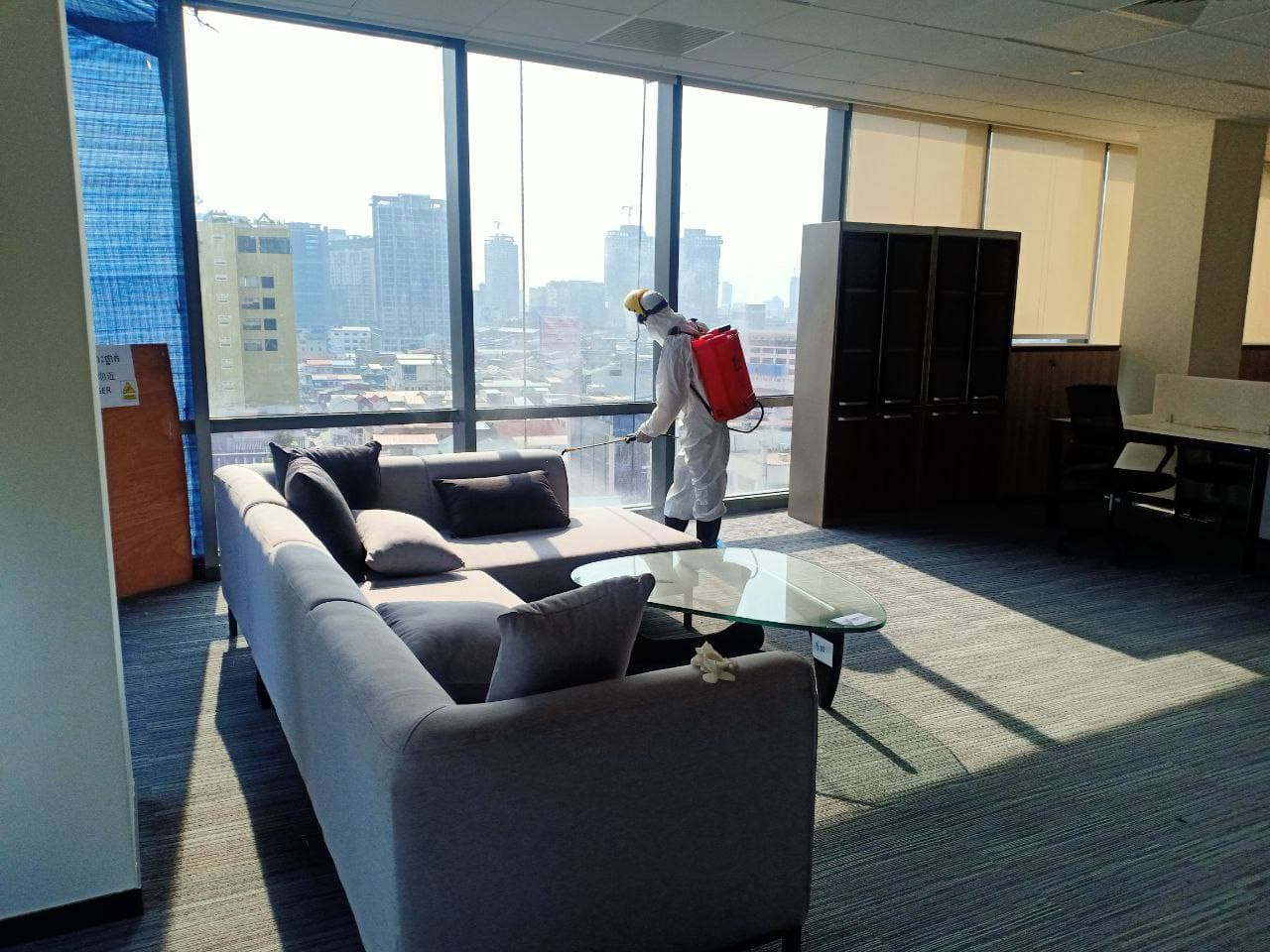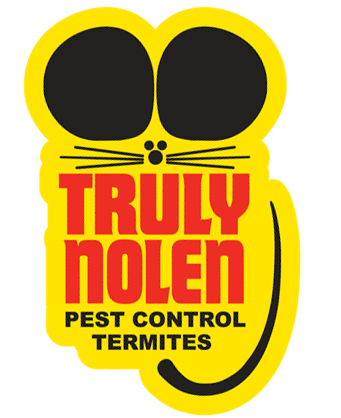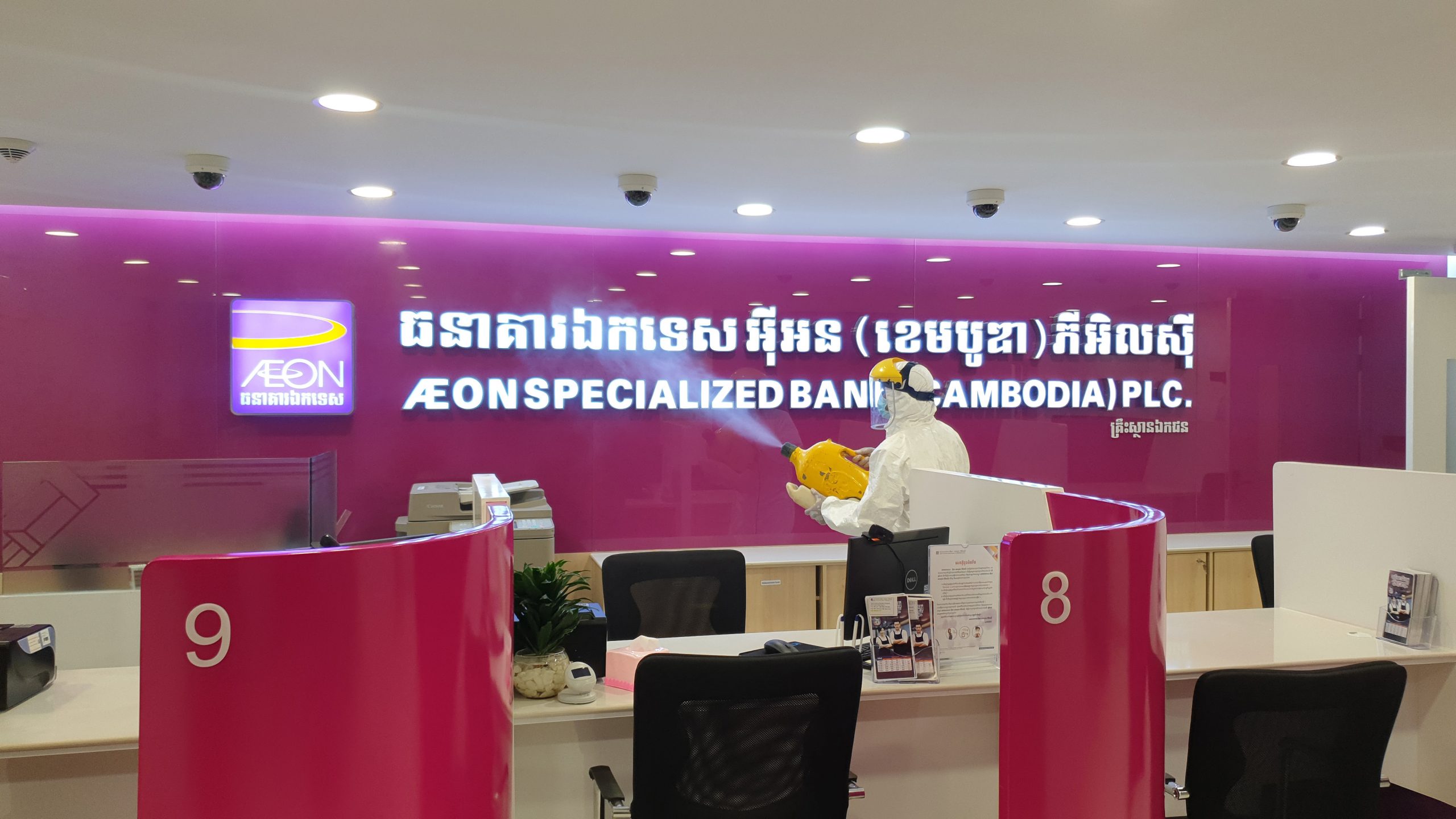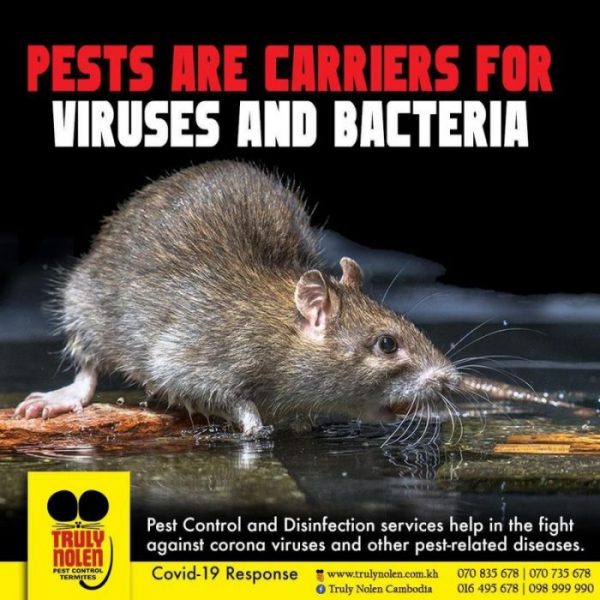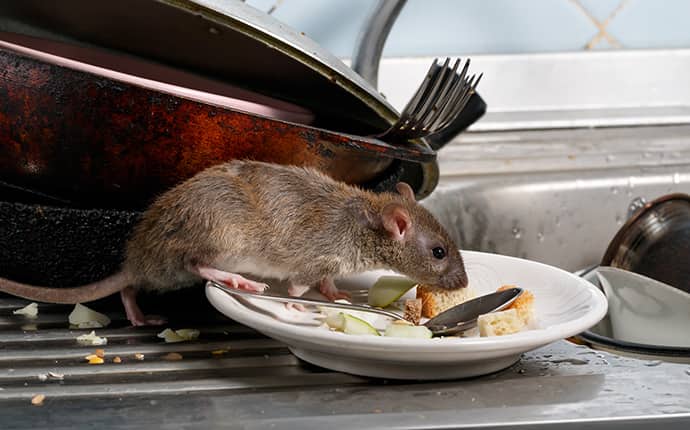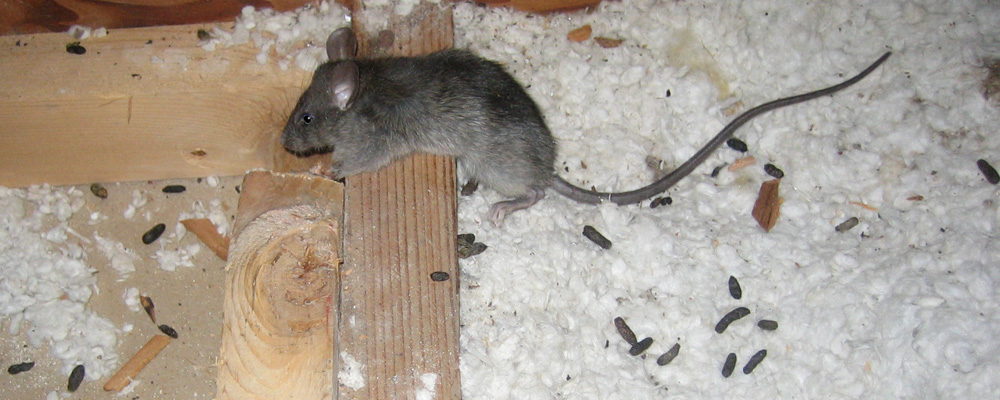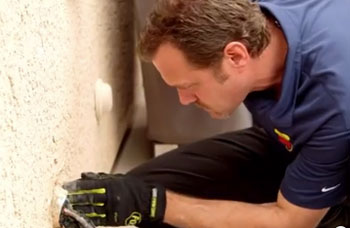Disinfectant Safety Protocol For Office (Against Covid-19) Our program for Offices
Studies* have shown that due to COVID-19 pandemics:
- Offices have been affected by a lot of direct and indirect factors, such as working from home, lockdowns, travel restrictions, social distancing, reduced earning, absenteeism, and population experiencing uncertainty about health and safety.
- In the future, most people will want to work from the office at least some days of the week, but with some changes, such as more private desks, more social distancing, and more flexibility to work from home.
A. TRULY NOLEN CAMBODIA DISINFECTANT PROGRAM OFFICE CONTROL
- Efficacy
- EPA registered for Offices.
- Efficiency
- The entire area is going to be covered by trained personnel.
- Special attention to high-touch areas.
- Equipment designed for indoor environments.
- Safety
- Doesn’t damage surfaces.
- Low-toxicity.
B. BACKGROUND
Due to COVID-19 (កូវីដ១៩) pandemic, the world economy had to shut down overnight. The offices have been affected by a lot of direct and indirect factors, such as working from home, lockdowns, travel restrictions, social distancing, reduced earning, absenteeism, and population experiencing uncertainty about health and safety.
According to available data, until this document was written, a lot of countries have slightly relaxed the restrictions, while others have faced a “second, third wave” and went back to more restricted measures. Data change on a daily basis, but it must be considered that some changes came to stay.
Offices are going through a lot of changes, regarding behavior and structure, that may affect society for years to come. For example, studies have suggested that there will be an increase in people working permanently from home in some regions of the globe from around 5% (before COVID-19) to around 10%, altering the virus. This increase may be even higher for the ones who conduct part of the job from the office and part from home, jumping from 32-36% to just under 50%. Surveys have shown that, in the future, most people will want to work from the office at least some days of the week, but with some changes, such as more private desks, more social distancing, and more flexibility to work from home.
So, more critical than ever, it is time to follow Health Federal Agencies protocols or ministry of health and to listen to employees’ perceptions and needs.
Considering these needs, this document presents guidelines based on the CDC, Centers for Disease Control and Prevention (មជ្ឈមណ្ឌលត្រួតពិនិត្យ និងបង្ការជំងឺឆ្លង), OSHA, Occupational Safety and Health Administration (ការគ្រប់គ្រងសុវត្ថិភាព និងសុខភាព) and WHO, World Health Organization (អង្គការសុខភាពពិភពលោក) recommendations and Truly Nolen international’s best practices of sanitization, disinfection with the goal of helping Offices to establish COVID19 safely program. This document aims to supplement, not replace any Federal or Local Legislation regarding this subject.
C. COVID-19 — mode of transmission and symptoms
- Transmission (ការចម្លងមេរោគ): Coronaviruses(មេរោគកូរ៉ូណា), such as SARS-Cov-2 #hat causes COVID-19, are spread mostly person-to-person, by contact with contaminated respiratory droplets. A secondary route of infection occurs through surfaces when a person touches a contaminated object/fomite and transfers the virus to the nose, mouth, and eyes. To prevent the spread of the disease, measures should focus mainly on social distancing, cleaning and disinfection of surfaces, and washing/sanitizing/cleaning hands.
- Symptoms (រោគសញ្ញា): Common COVID-19 symptoms include fever (គ្រុនក្តៅ), headache (ឈឺក្បាល), sore throat, cough (ឈឺក), fatigue (អស់កម្លាំង), vomiting (ក្អួត), and diarrhea (រាគ). Loss of taste and smell and skin rashes may also occur. In more severe cases patient may experience shortness of breath, cardiac and neurologic complications, kidney failure, and even death.
Studies have suggested that around 10-30% of the individuals infected remain asymptomatic and around 80% of the symptomatic experience mild to moderate symptoms. The fatality rate is estimated to range from 0.3% to around 3%. As age increases and individuals with underlying health diseases are in a greater risk of having severe symptoms or even dying from this sickness. These include:
- Respiratory diseases, such as COPD and asthma
- Coronary and circulatory system diseases
- Metabolic diseases and obesity
- Chronic kidney diseases
- immunosuppressed diseases
D. PREPARE YOUR OFFICE
- Develop a protocol to track daily COVID- 19 official data in your Community.
- Establish and test different communication-sharing systems with employees.
- Establish clear strategies if someone inside the facility gets infected.
- Have the staff trained periodically?
- Design one person, for example, the manager, to be responsible to respond to COVID-19 concerns.
- Have the guidelines written and accessible, along with strategic communication channels with local – Health Agencies include government or other authority.
E. PROMOTE GOOD BEHAVIORS AND MAINTAIN HEALTHY ENVIRONMENT WORK PLACE
- Follow government recommendations, 3 DON’T and 3 PREVENTIONS
- Screen symptoms
- Consider check temperature and symptoms of employees daily. Screening can be done by the employees before going to work. If otherwise made on site, maintain 6 fee (2m) distance between individual while waiting.
- Ensure privacy when performing screening.
- Change behaviors
- Minimize face-to-face contact by establishing virtual meetings and telework, when possibl
- Discontinue any nonessential travels.
- Employees should wash hands or sanitize after touching shared articles or high touch surfaces. Provide hand sanitizers in strategic points, such as working stations, front desk and outside elevators doors.
- Encourage employees to practice social distancing, wear masks, perform hand hygiene and cough and sneeze etiquette. Signs must be provided in strategic points.
- Promoting social distancing and avoiding gathering
- Increase distancing between workstations, if feasible (6 feet or 2m apart).
- When possible, set the chairs so employees face same direction.
- Add floor/wall markings 6 feet (2m) away and/or add “one way” signs, for example in the aisles, stairways, workstations and front desk.
- Close or limit the access of areas where employees are likely to gather and interact during the intervals.
- Define how long the employees will take to get to their floors considering size, number of elevators and occupancy of the building. Add signs and stickers in elevators and on the floor of lobby to promote social distance and limit the number of people inside the elevator. Considering these variables, for big buildings and large occupancy, here are some etiquettes that must be followed:
- Masks are mandatory.
- Load in checkerboard pattern, starting with the positions that are more distant.
- Face forward
- No talking
- The person near the buttons must select for al In this way, excessive movement is avoided inside the elevator
- If you need to sneeze or cough, turn to the walls and use elbow with the MASK ON.
- When the door is open, middle people should move to side and front people need to step out, to open space.
- Physical Barriers
- Install physical barriers, such as sneeze guards/transparent shields specially where social distancing is difficult. E.g. front desk
- Consider using wipeable covers for electronics.
- Physical Barriers
- Install physical barriers, such as sneeze guards/transparent shields specially where social distancing is difficult. E.g. front desk
- Consider using wipeable covers for electronics.
- Cohort
- Establish small groups of work and, when possible, do not change the groups. That will help track and isolate possible new cases.
- Absenteeism
- Cross-train employees for essential functions, so the activities will continue to run even if you face increase in absenteeism.
- Change technologies
- Install no-touch wastebaskets in strategic areas, such as in front desks, toilets and company restaurants.
- Consider having apps for virtual meetings and presentations.
- Masks
- Request employees to wear masks.
- Masks should cover the nose and mouth.
- Masks should be changed when moisten. So, employees need to carry a spare cloth mask.
- Individuals should be reminded not to touch their faces unless they have washed or sanitized their hands first.
>> Read more articles, Truly Nolen International – Inside Truly Or contact us via email: info@trulynolen.com.kh, we will provide a complete procedure SOP or Virtual Education Class! Good luck stay safe.
